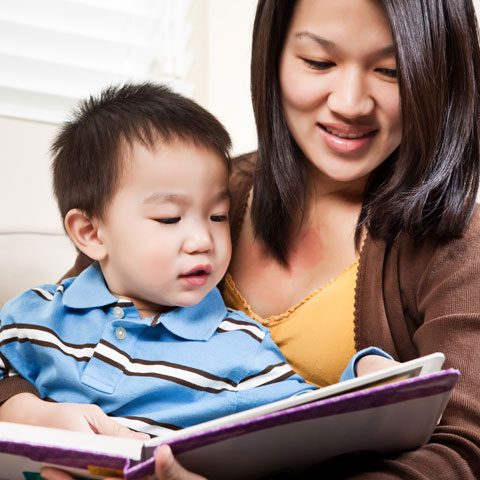IEL Resources
Tip Sheets
- The Gift of Words: Conversation and Routines
- The Gift of Words: Reading and Games
- Read with Your Toddler!
- Sharing Books with Your Baby
- Sharing Books with Your Toddler
- Things to Do While You’re Waiting: Language and Literacy
Toolkit
Videos
Blog


